Improved Topology and Control Strategies for DC Converters in Wind Power Full DC Systems
Abstract
1. Introduction
2. Improvement of DC/DC Converter Topology
2.1. Onshore Wind Power Full DC System
2.2. DC/DC Converter Topology
2.3. Composite Modular DC/DC Converter Topology
3. Mathematical Modeling of MMC
4. Control Strategy
4.1. Control Structure
4.2. Detection and Regulation of Circulating Current
4.3. Optimal Level Selection Strategy
4.4. Optimization and Management of Capacitor Voltage
5. Simulation Verification
5.1. Circulating Current Analysis
5.2. DC Output Waveform
5.3. Comparison of the Power of the System
6. Conclusions
Author Contributions
Funding
Data Availability Statement
Conflicts of Interest
References
- Sankaranarayanan, V.; Shirazi, M.; Gao, Y.; Ghosh, A.; Erickson, R.W.; Maksimovic, D. Controller Hardware-in-the-Loop Validation of a Modular Control Architecture for a Composite DC-DC Converter. In Proceedings of the 2019 20th Workshop on Control and Modeling for Power Electronics (COMPEL), Toronto, ON, Canada, 16–19 June 2019; pp. 1–7. [Google Scholar] [CrossRef]
- Akter, K.; Motakabber, S.M.A.; Alam, A.H.M.Z.; Yusoff, S.H.B. A New High Step-Up DC-DC Converter for Photovoltaic Application: Switch Inductor Cell Combined with Voltage Doubler Circuit. In Proceedings of the 2022 International Conference on Recent Progresses in Science, Engineering and Technology (ICRPSET), Rajshahi, Bangladesh, 26–27 December 2022; pp. 1–5. [Google Scholar] [CrossRef]
- Mahdavi, M.; Jurado, F.; Schmitt, K.; Chamana, M. Electricity Generation from Cow Manure Compared to Wind and Photovoltaic Electric Power Considering Load Uncertainty and Renewable Generation Variability. IEEE Trans. Ind. Appl. 2022. early access. [Google Scholar] [CrossRef]
- Mahdavi, M.; Jurado, F.; Ramos, R.A.V.; Awaafo, A. Hybrid biomass, solar and wind electricity generation in rural areas of Fez-Meknes region in Morocco considering water consumption of animals and anaerobic digester. Appl. Energy 2023, 343, 121253. [Google Scholar]
- Bahirat, H.J.; Mork, B.A.; Høidalen, H.K. Comparison of wind farm topologies for offshore applications. In Proceedings of the IEEE Power and Energy Society General Meeting, San Diego, CA, USA, 22–26 July 2012. [Google Scholar]
- Cheng, C.-A.; Lee, C.-M.; Chang, E.-C.; Hou, S.-H.; Lan, L.-F.; Lin, C.-K. A Novel Integrated Electronic Lighting Driver Circuit for Supplying an LED Projection Lamp with High Power Factor and Soft Switching Characteristics. Electronics 2023, 12, 4642. [Google Scholar] [CrossRef]
- Wang, G.; Wen, H. Design and optimization of modular multilevel DC transformer. In Proceedings of the 2021 IEEE 16th Conference on Industrial Electronics and Applications (ICIEA), Chengdu, China, 1–4 August 2021; pp. 643–648. [Google Scholar] [CrossRef]
- Rosas-Caro, J.C.; Valdez-Resendiz, J.E.; Escobar, G.; Beltran-Carbajal, F. A Multilevel Boost Converter with Reduced Inductor Current. Electronics 2023, 12, 4585. [Google Scholar] [CrossRef]
- Sikorski, A.; Falkowski, P.; Korzeniewski, M. Comparison of Two Power Converter Topologies in Wind Turbine System. Energies 2021, 14, 6574. [Google Scholar] [CrossRef]
- Bahirat, H.J.; Kjølle, G.H.; Mork, B.A.; Høidalen, H.K. Reliability assessment of DC wind farms. In Proceedings of the IEEE Power and Energy Society General Meeting, San Diego, CA, USA, 22–26 July 2012. [Google Scholar]
- Tekin, H.; Setrekli, G.; Murtulu, E.; Karşıyaka, H.; Ertekin, D. A Proposed Single-Input Multi-Output Battery-Connected DC–DC Buck–Boost Converter for Automotive Applications. Electronics 2023, 12, 4381. [Google Scholar] [CrossRef]
- Huang, K.; Xiang, W.; Xu, L.; Wang, Y. Hybrid AC/DC hub for integrating onshore wind power and interconnecting onshore and offshore DC networks. IET Renew. Power Gener. 2020, 14, 1738–1745. [Google Scholar] [CrossRef]
- Saadi, R.; Hammoudi, M.Y.; Salah, O.; Laadjal, K.; Cardoso, A.J.M. A Two-Degree-of-Freedom PID Integral Super-Twisting Controller Based on Atom Search Optimizer Applied to DC-DC Interleaved Converters for Fuel Cell Applications. Electronics 2023, 12, 4113. [Google Scholar] [CrossRef]
- Abeynayake, G.; Li, G.; Joseph, T.; Liang, J.; Ming, W. Reliability and cost-oriented analysis, comparison and selection of multi-level MVDC converters. IEEE Trans. Power Deliv. 2021, 36, 3945–3955. [Google Scholar] [CrossRef]
- Wan, D.; Zhou, Q.; Duan, X.; Zhu, J.; Li, J.; Zhou, H. A High-Power Density DC Converter for Medium-Voltage DC Distribution Networks. Electronics 2023, 12, 3975. [Google Scholar] [CrossRef]
- Lakshmanan, P.; Liang, J.; Jenkins, N. Assessment of collection systems for HVDC connected offshore wind farms. Electr. Power Syst. Res. 2015, 129, 75–82. [Google Scholar] [CrossRef]
- Deng, F.; Chen, Z. Control of Improved Full-Bridge Three-Level DC/DC Converter for Wind Turbines in a DC Grid. IEEE Trans. Power Electron. 2013, 28, 314–324. [Google Scholar] [CrossRef]
- Muppalla, N.R.K.; Rao, Y.S.; Sanam, J. Design of Compensator for High Gain DC-DC Converter. In Proceedings of the 2021 International Conference on Sustainable Energy and Future Electric Transportation (SEFET), Hyderabad, India, 23–21 January 2021; pp. 1–5. [Google Scholar] [CrossRef]
- Nishikata, S.; Tatsuta, F. A new interconnecting method for wind turbine/generators in a wind farm and basic performances of the integrated system. IEEE Trans. Ind. Electron. 2010, 57, 468–475. [Google Scholar]
- Barker, C.D.; Davidson, C.C.; Trainer, D.R.; Whitehouse, R. Requirements of DC-DC converters to facilitate large DC grids. In Proceedings of the CIGRE, SC B4 HVDC and Power Electronics, Paris, France, 26–31 August 2012. [Google Scholar]
- Ferreira, J.A. The multilevel modular DC converter. IEEE Trans. Power Electron. 2013, 28, 4460–4465. [Google Scholar]
- Xu, Z. Flexible DC Power Transmission Systems, 2nd ed.; Mechanical Industry Press: South Norwalk, CT, USA, 2018. [Google Scholar]
- Li, B.B.; Liu, J.Y.; Wang, Z.Y.; Zhang, S.; Xu, D. Modular high-power DC-DC converter for MVDC renewable energy collection systems. IEEE Trans. Ind. Electron. 2021, 68, 5875–5886. [Google Scholar] [CrossRef]
- Rufer, A. High-Power high-voltage isolated DC-DC converters using an NPC balanced capacitive divider. In Proceedings of the 2015 17th European Conference on Power Electronics and Applications (EPE’15 ECCE-Europe), Geneva, Switzerland, 8–10 September 2015; pp. 1–10. [Google Scholar] [CrossRef]
- Pape, M.; Kazerani, M. A Generic Power Converter Sizing Framework for Series-Connected DC Offshore Wind Farms. IEEE Trans. Power Electron. 2022, 37, 2307–2320. [Google Scholar] [CrossRef]

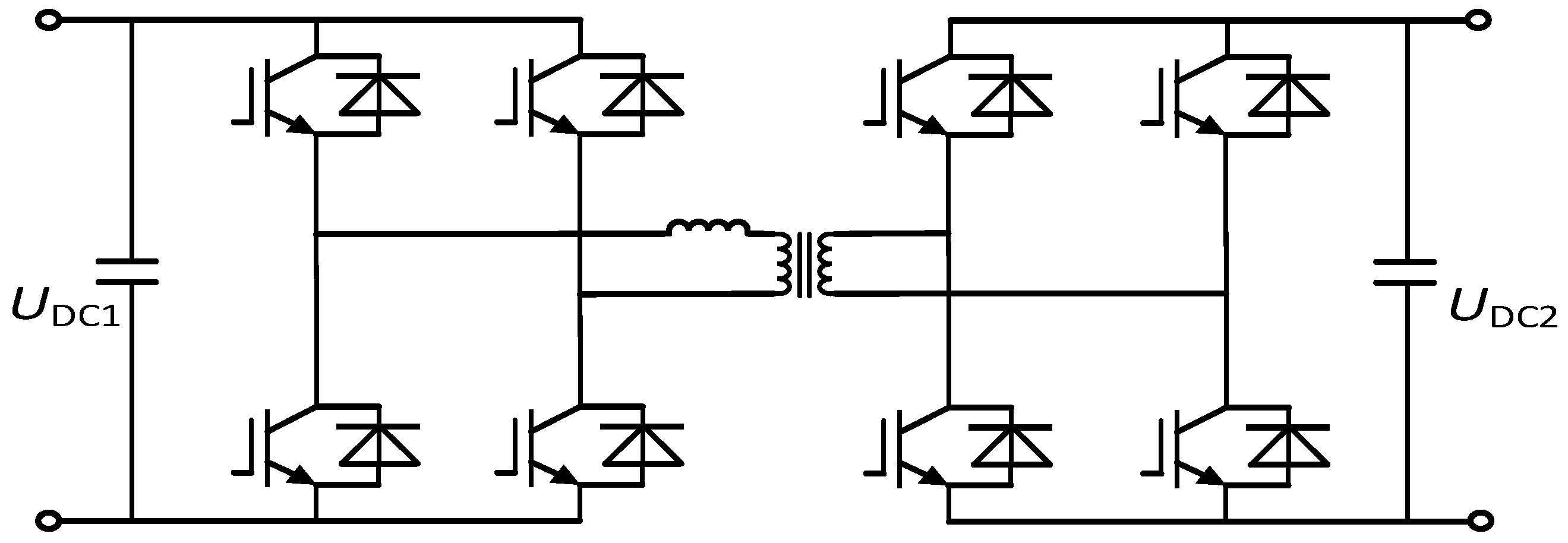

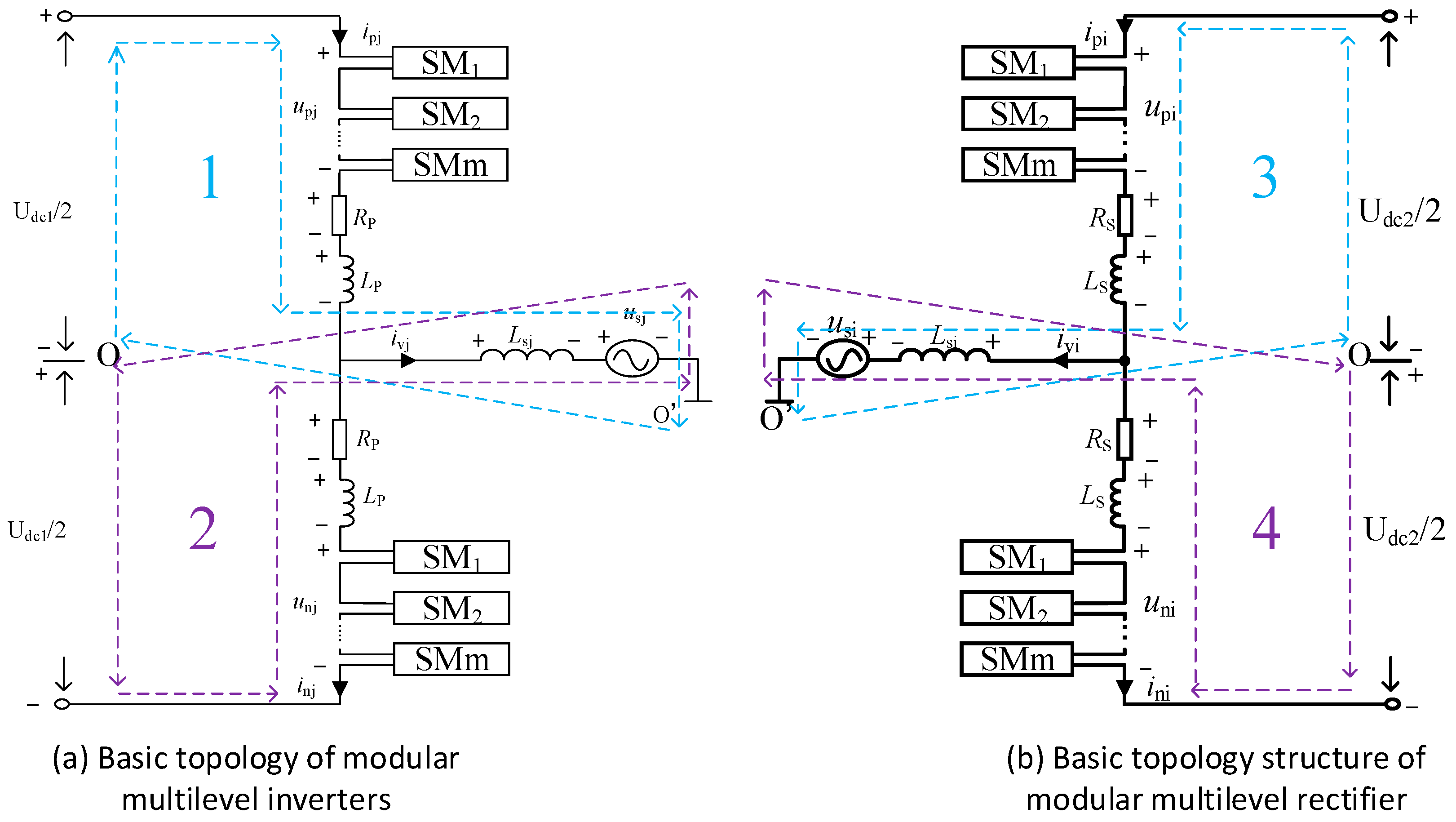

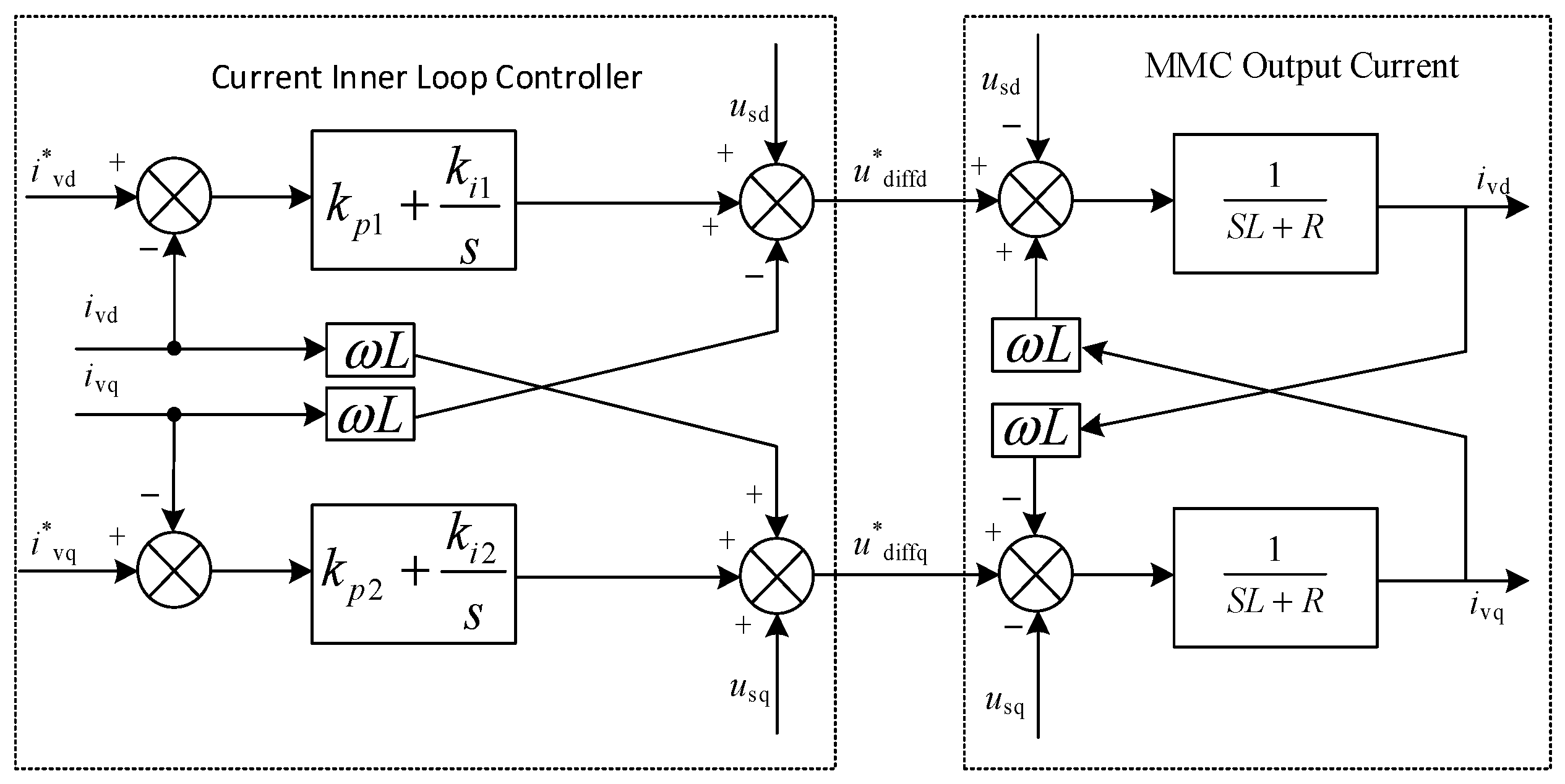


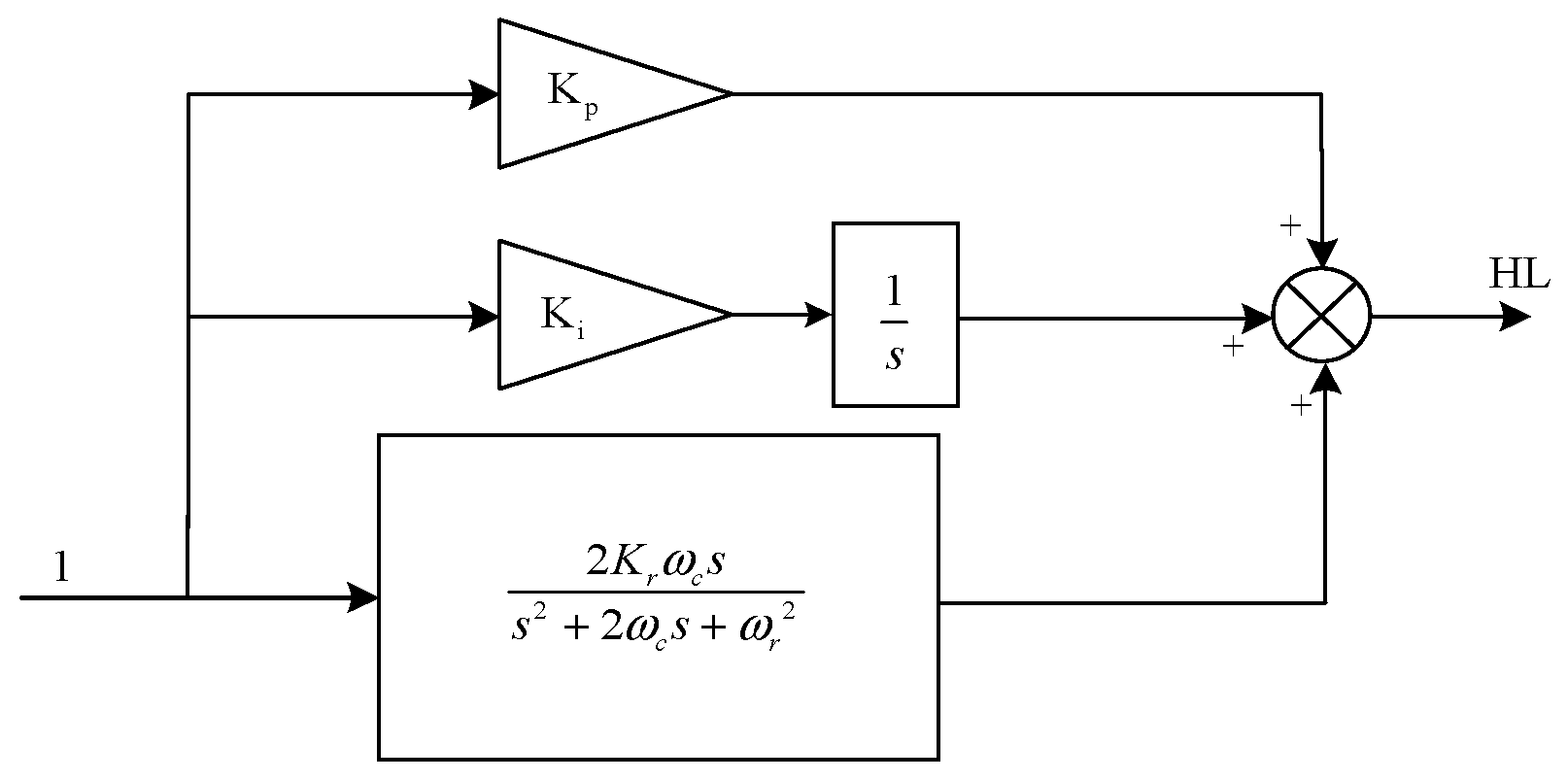


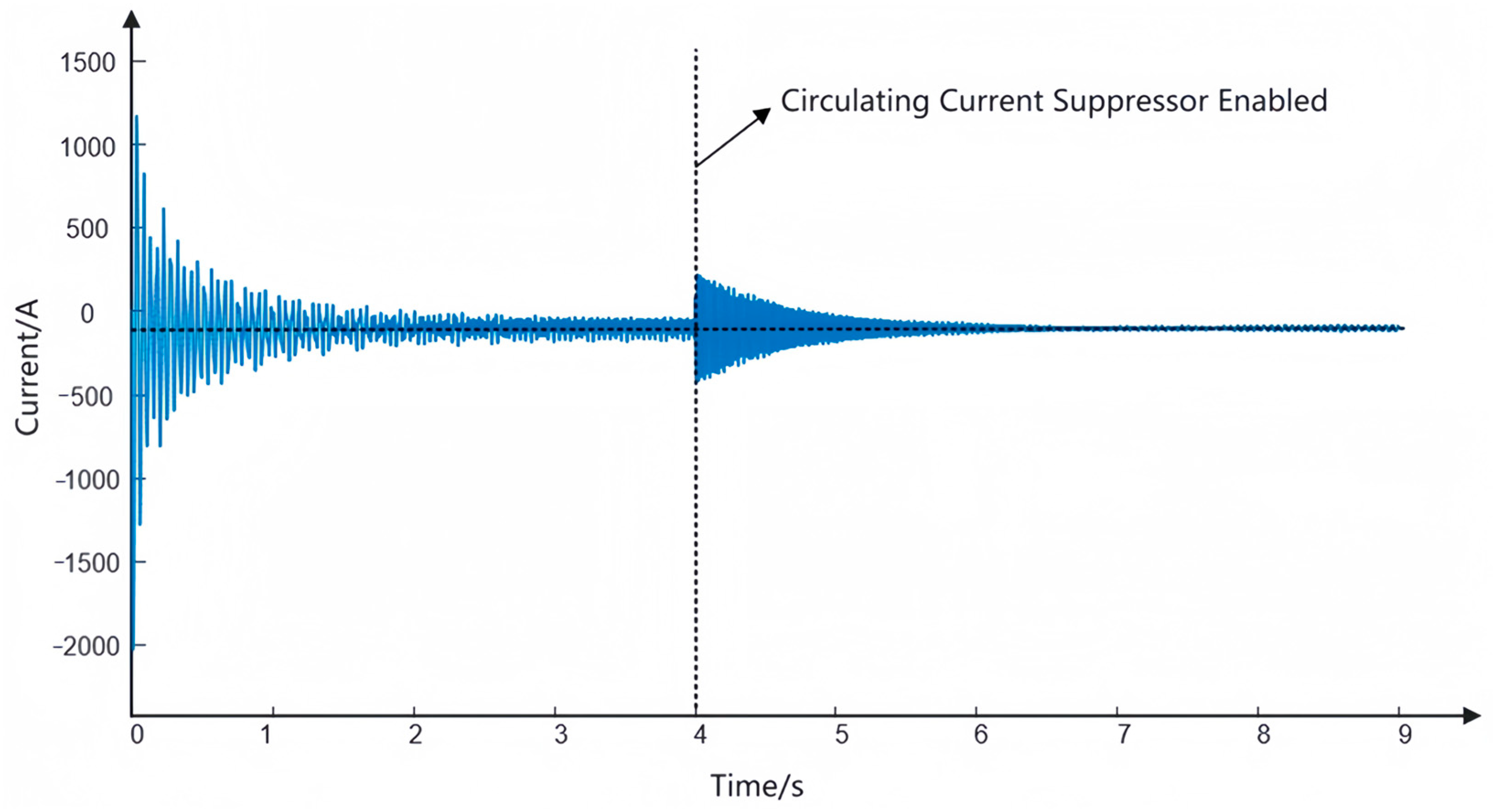
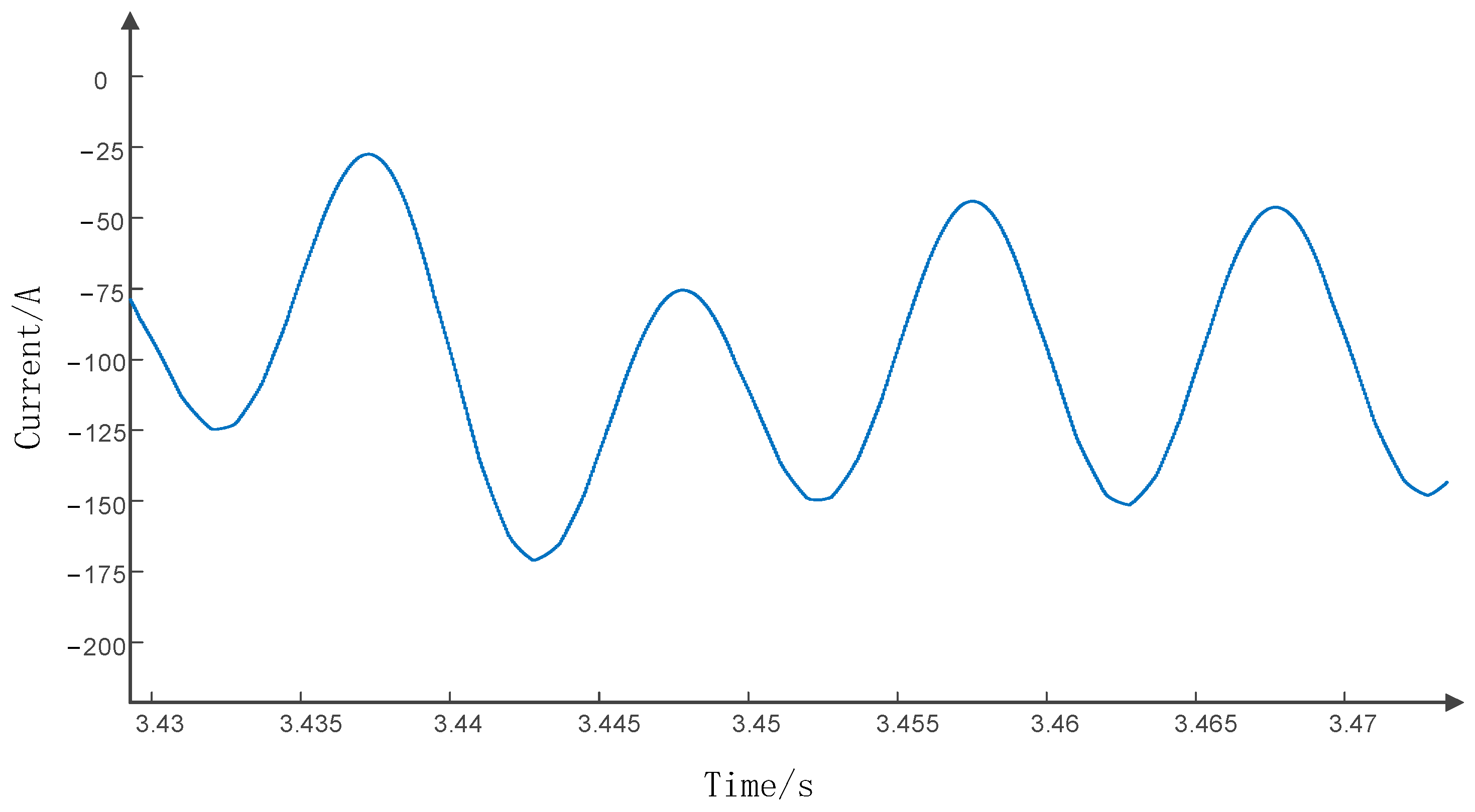
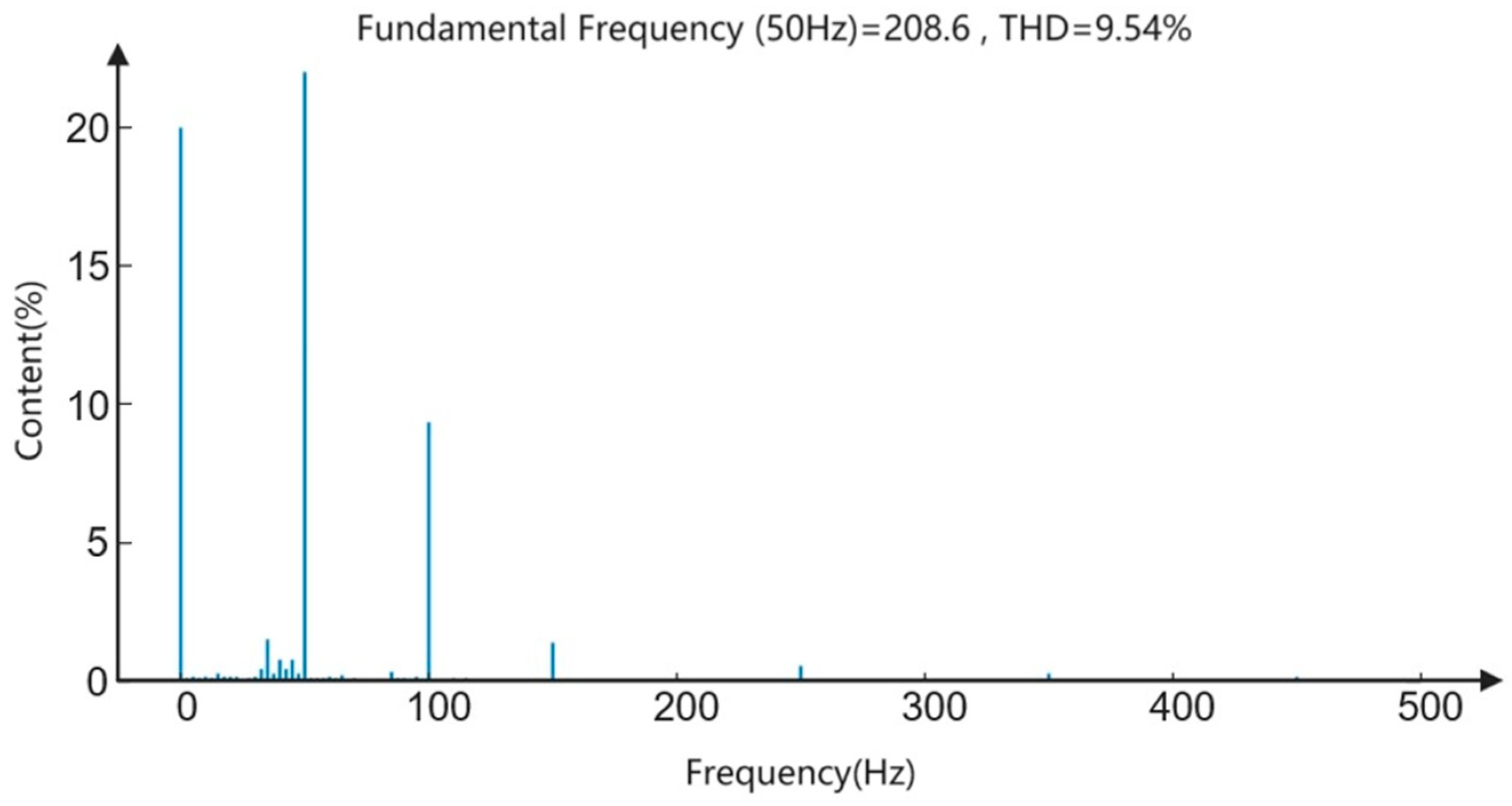

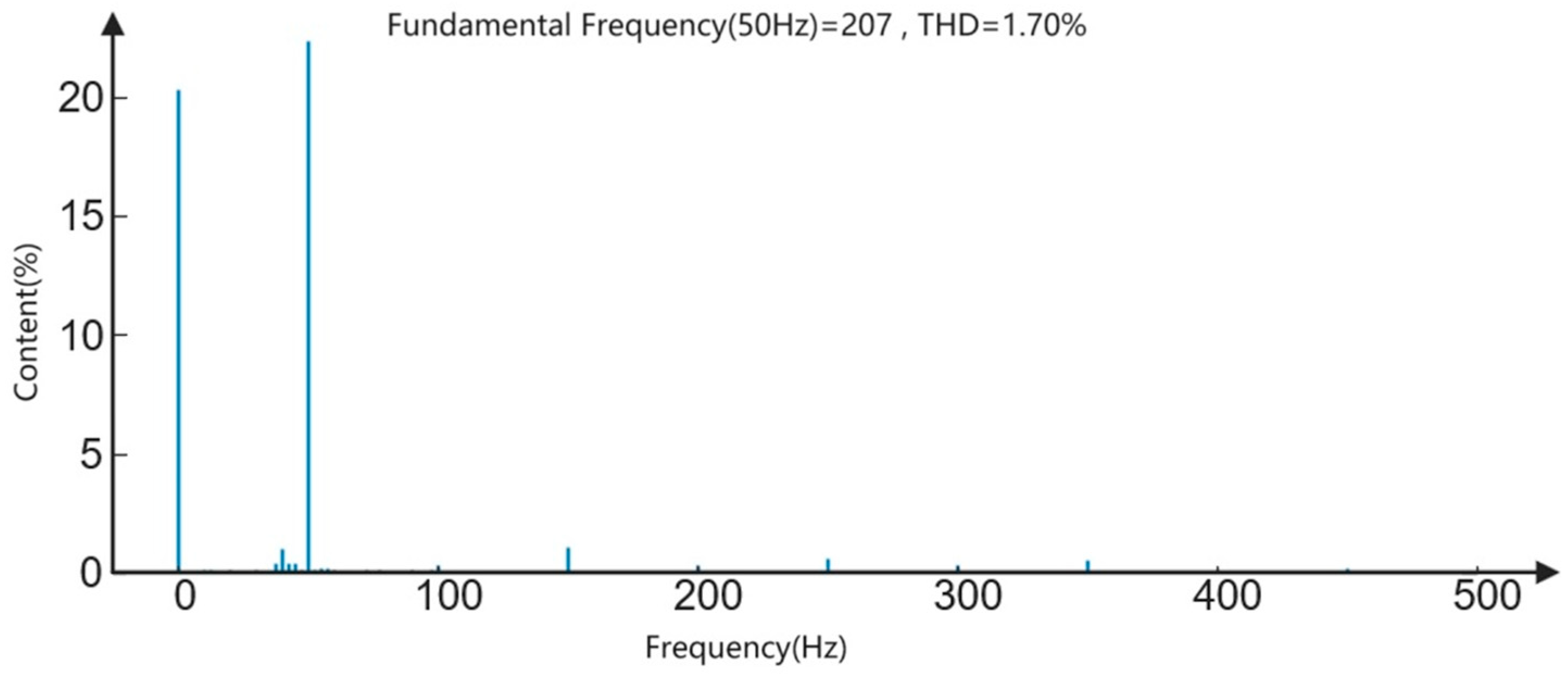
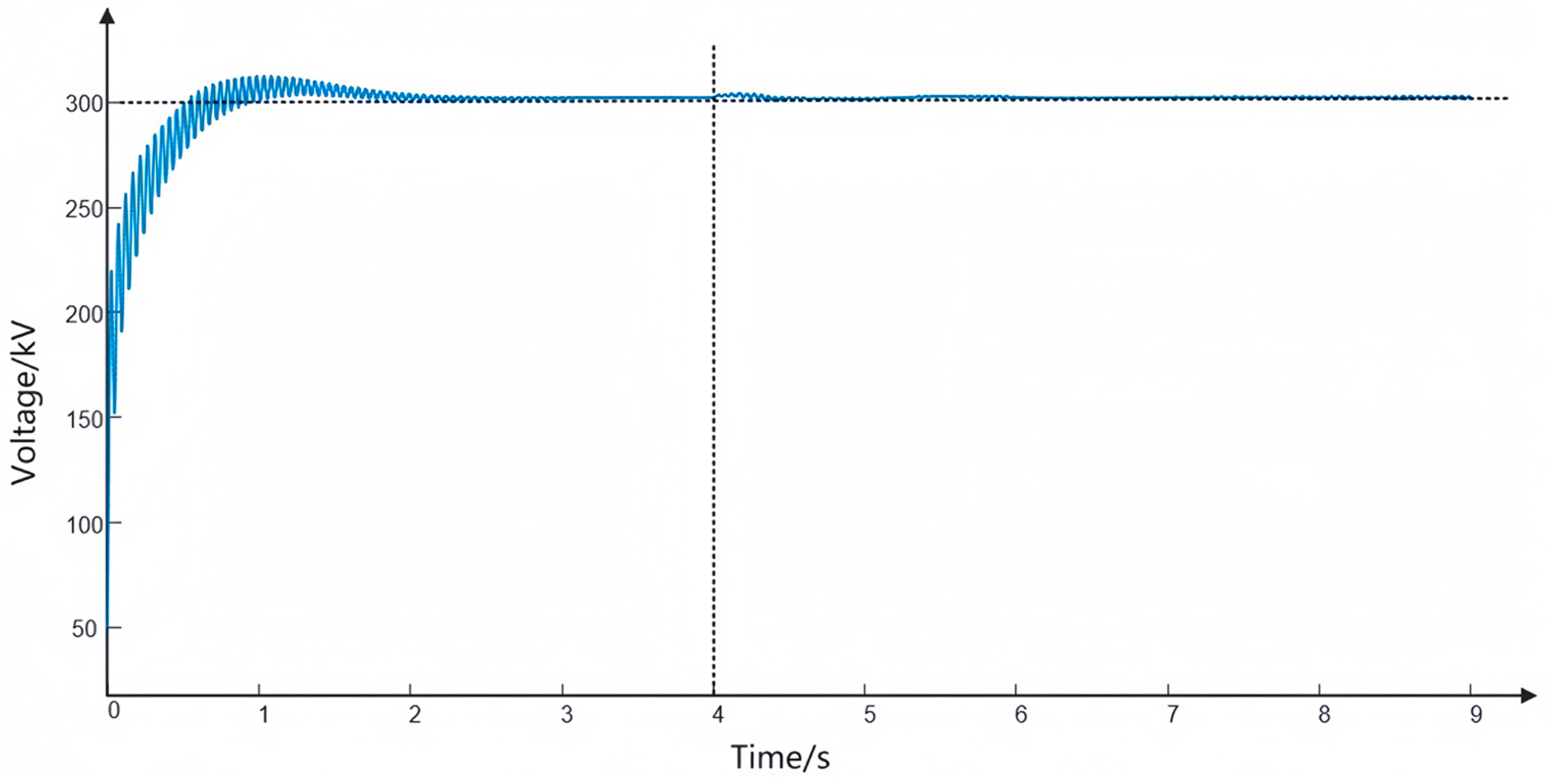
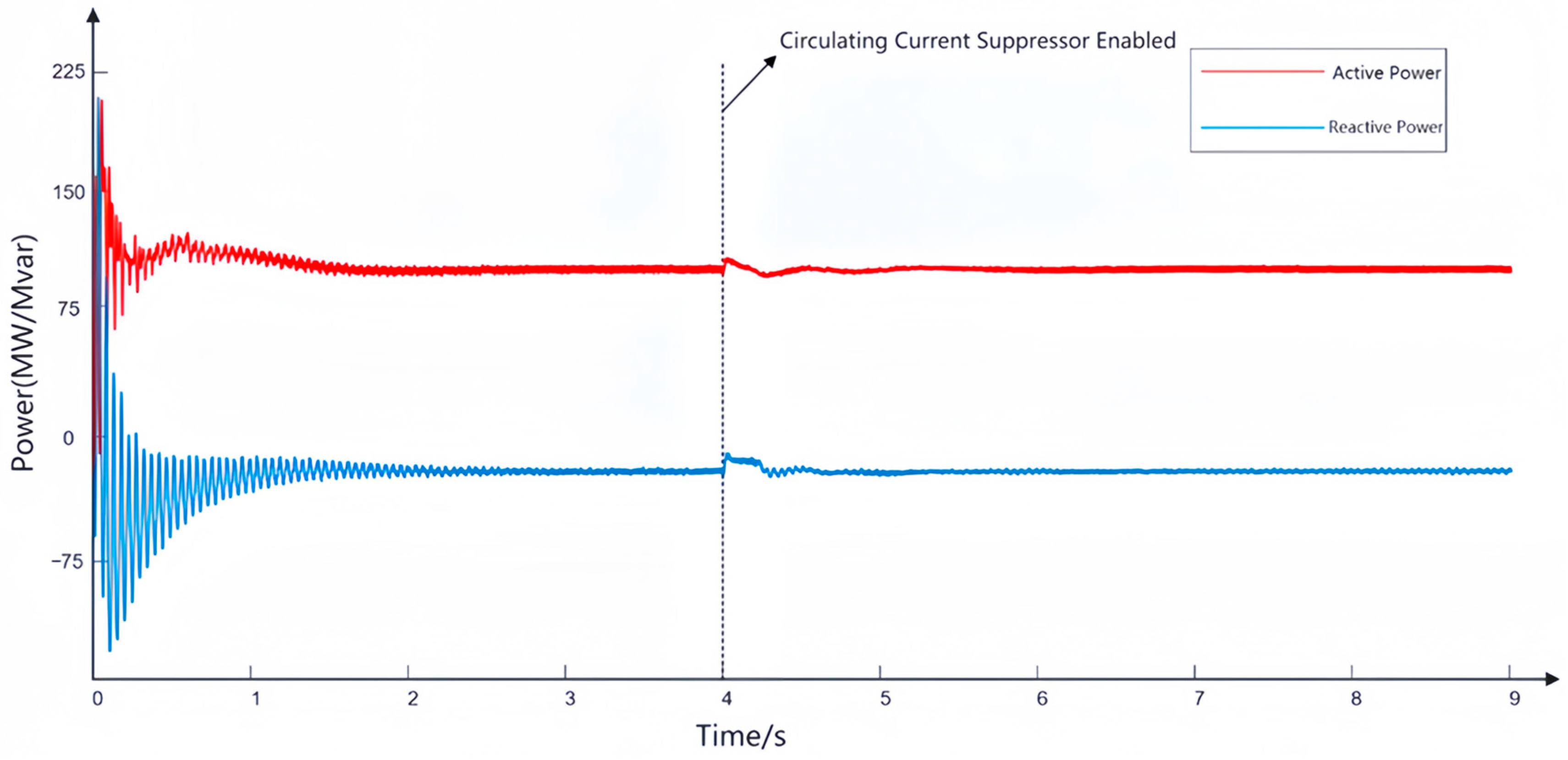
Disclaimer/Publisher’s Note: The statements, opinions and data contained in all publications are solely those of the individual author(s) and contributor(s) and not of MDPI and/or the editor(s). MDPI and/or the editor(s) disclaim responsibility for any injury to people or property resulting from any ideas, methods, instructions or products referred to in the content. |
© 2024 by the authors. Licensee MDPI, Basel, Switzerland. This article is an open access article distributed under the terms and conditions of the Creative Commons Attribution (CC BY) license (https://creativecommons.org/licenses/by/4.0/).
Share and Cite
Hu, W.; Li, F. Improved Topology and Control Strategies for DC Converters in Wind Power Full DC Systems. Electronics 2024, 13, 400. https://doi.org/10.3390/electronics13020400
Hu W, Li F. Improved Topology and Control Strategies for DC Converters in Wind Power Full DC Systems. Electronics. 2024; 13(2):400. https://doi.org/10.3390/electronics13020400
Chicago/Turabian StyleHu, Wenhu, and Fengting Li. 2024. "Improved Topology and Control Strategies for DC Converters in Wind Power Full DC Systems" Electronics 13, no. 2: 400. https://doi.org/10.3390/electronics13020400
APA StyleHu, W., & Li, F. (2024). Improved Topology and Control Strategies for DC Converters in Wind Power Full DC Systems. Electronics, 13(2), 400. https://doi.org/10.3390/electronics13020400





